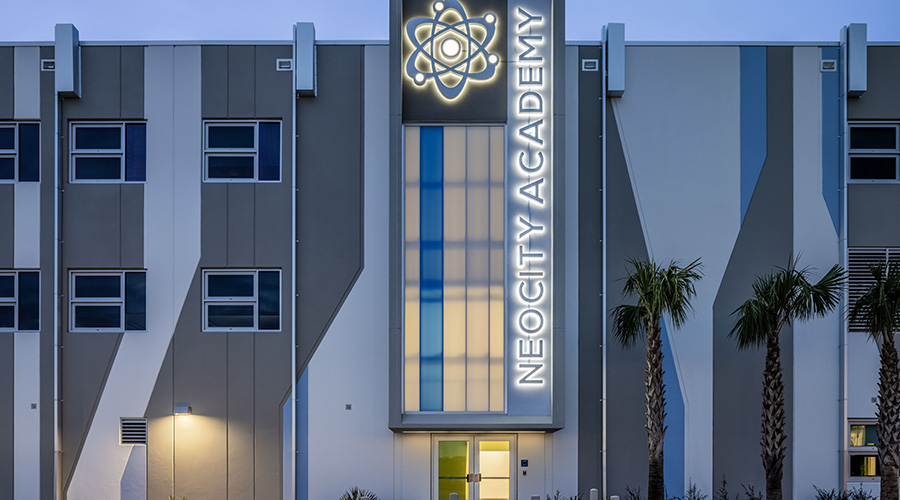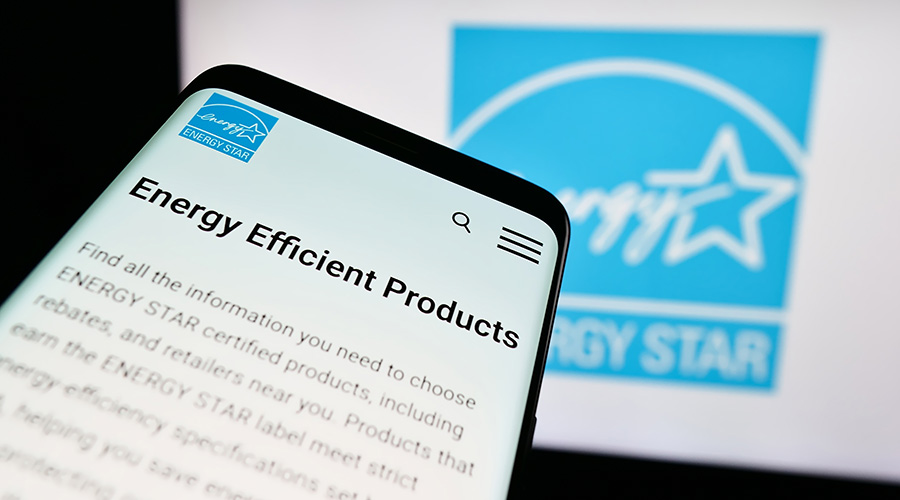Greening, Renovating Buildings Makes Properties More Competitive
The U.S. office vacancy rate reached a 16-year peak during the first quarter of 2010, rising to 17.2 percent as the market lost 11.6 million net square feet of occupied space, according to real estate research firm Reis, Inc.
There's no question it's a tenant's market. But that doesn't mean old buildings can't compete. Owners can re-brand existing buildings to contend with new facilities. Typically already in the best locations, existing high-rises can compete on price and quality of space by upgrading their old mechanical, electrical and plumbing systems to reduce energy consumption while improving occupant comfort.
The same measures can create a more productive environment for employees, reduce maintenance and operating costs, and therefore increase rent profit margins or enable owners to trim tenant rents, making the space more attractive.
Re-branding and greening an existing building is possible through a holistic master plan or capital plan for the project, followed by an implementation plan.
Holistic Master Plan
A master plan for re-branding a building looks at all aspects of the facility from its envelope all the way down to its mechanical, electrical and plumbing systems to determine the age of each building element, how it was originally designed and what improvements have been made over its lifetime.
Once this baseline has been created, it's important to develop a sense of where and how the building is consuming energy. A careful study will make it clear what areas offer the most opportunity for efficiency gains. For example, very often older buildings have an inefficient envelope system. Starting from here and working down through the building's systems, from lighting to HVAC, the planning process considers such factors as the age of each system and what improvements have been made over the years. This will identify further inefficiencies and will highlight the opportunities to improve operations holistically.
It's important to keep in mind that there are economic limits to what can be done to an existing building; each potential efficiency gain isn't necessarily cost effective or financially viable. Once efficiency opportunities have been identified, the next step in the master plan is to create a priority list to see what can be done right away with minimal cost as well as a list of items that can be done at a moderately higher cost to provide the owner with a longer-term benefit.
Related Topics:












